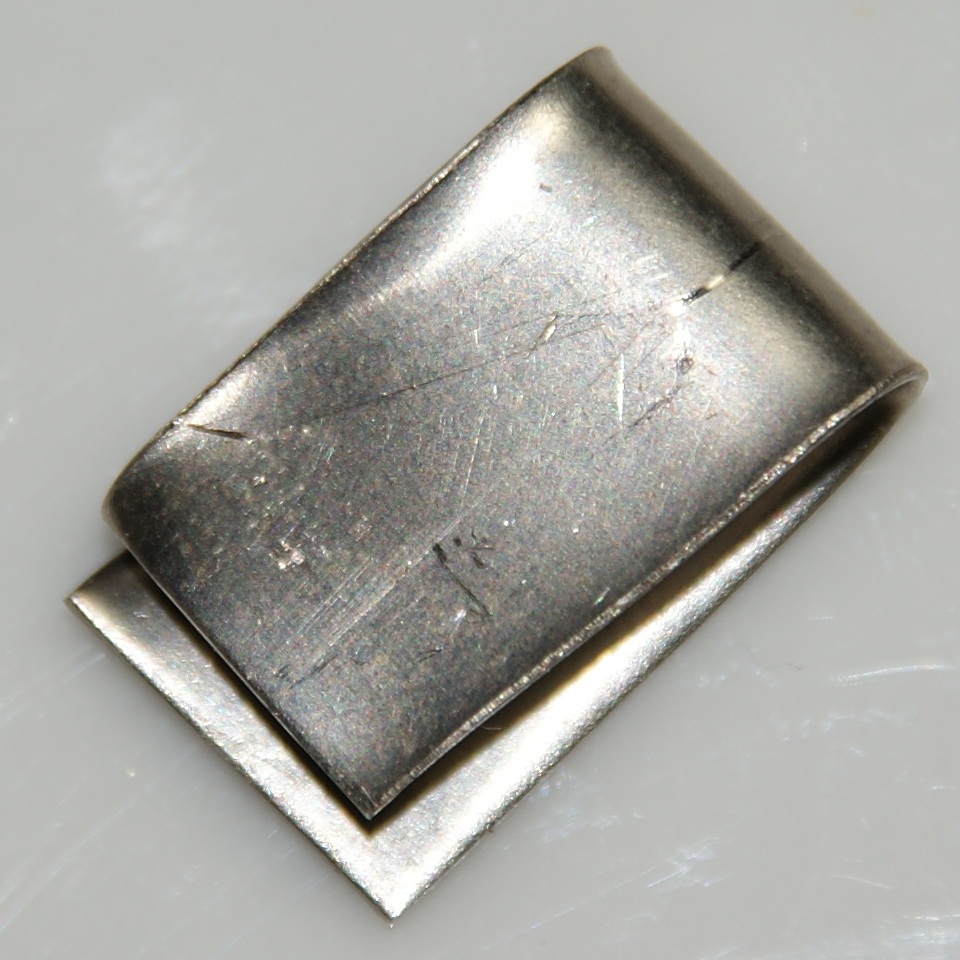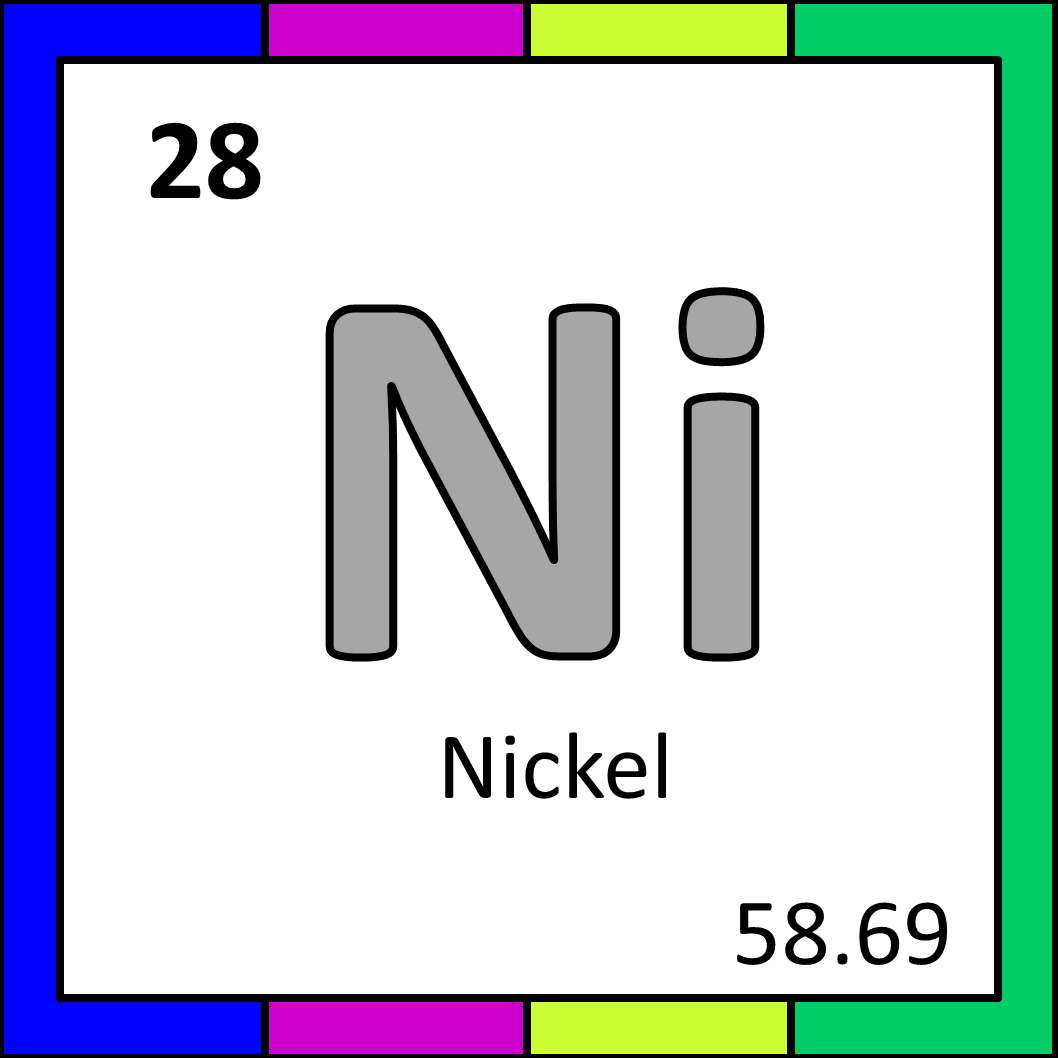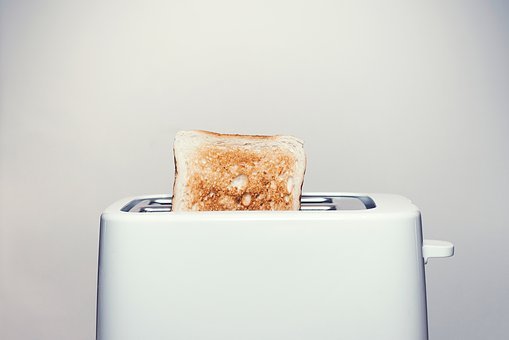


Clockwise from left: A folded sheet of nickel (from Wikimedia Commons), some very fancy baked beans, which contain quite a lot of nickel (from Pixabay), nickel as it appears on the periodic table.
We have found ourselves another relatively famous silvery metal element, nickel! Nickel, a large amount of which was brought to Earth in meteors, has been in use a long time, with the earliest found use of the metal dating back over 5,000 years ago. However, nickel has an unfortunate history of being mistaken for other elements, such as silver (because it did not rust) and even copper, with Ancient Chinese writings calling it baitong (white copper).
Even the name nickel is a reference to a misidentification of a mineral containing it. Medieval Germans found a red mineral, which they thought contained copper. However, they could not extract copper from the mineral, leading them to name it Kupfernickel, combining the German for copper (Kupfer) and the word Nickel, which was the name a mythological evil trickster sprite. The miners blamed Nickel for their failed extraction attempts. The mineral, which turned out to be a nickel arsenide (now called nickeline) was then investigated in 1751 by Swede Axel Fredrik Cronstedt, who was trying to extract copper. Instead he found a white metal, which he named nickel in honour of the evil sprite.

Possibly one of the more famous uses of nickel, particularly if you are from the United States, is in coins. The US nickel originally referred to the Flying Eagle cent, which was the first US coin to start using a nickel-copper alloy for the coin in the mid-19th century. From 1857 through to 1866 the term nickel then changed to mean a three cent piece, and then finally a 5 cent piece, which is what a nickel means today. By this point the coin consisted of 25% nickel, 75% copper, which is what the ratio still is currently. Other currencies that still use nickel include euros (the €1 and 2€ coins) and sterling (20p, 50p, £1 and £2 coins), although the use of nickel in currency is fading due to it (rather fittingly) getting too expensive.

As mentioned before, nickel is quite corrosion-resistant, leading to its use in alloys such as stainless steel. Its similarity to silver means it is still used as a “faux silver” for cheaper decorations. Nickel will also be a familiar element to guitarists, as nickel plated steel is a popular choice for guitar strings, and the confusingly named nickel silver (actually an alloy of nickel, copper and zinc that looks silvery) is a common choice for guitar frets. Another nickel alloy, nichrome (nickel, chromium and a bit of silicon, manganese and iron) can resist corrosion at incredibly high temperatures, which has led to its use in electric ovens and toasters. Rechargeable batteries can be made using nickel as a cathode, which have a greater energy storage capacity for their price than other rechargeable batteries, making it a great option in electric vehicles. Nickel-copper alloys are also used in desalination plants (where seawater has the salt removed to create freshwater) due to its ability to avoid corrosion. So it is highly unlikely that you haven’t interacted with nickel at some point in your life.




The diverse uses of nickel. Clockwise from left: a bass guitar with nickel-plated strings and nickel silver frets (from Freeimageslive), a toaster containing nichrome (from Pixabay), an electric car that uses nickel in rechargeable batteries (from Wikimedia Commons), a desalination plant in Port Stanvac that uses copper-nickel alloys that don’t corrode so easily in seawater (from Wikimedia Commons).
Nickel does also turn up in nature, where it is used in enzymes of plants, bacteria and fungi. Examples include the enzyme urease, which catalyses the breakdown of urea into carbon dioxide and ammonia, a useful move in metabolism as urea is abundant in the environment, but there is also evidence to suggest that these organisms if in the human body can cause diseases due to increased ammonia in the blood. The production of carbon dioxide also help promote creation of the mineral calcium carbonate (known as biomineralisation), which has shown some promise in the invention of bioconcrete, whereby building material could be made by bacteria such that if a crack forms in the bioconcrete, the bacteria inside would activate and fill the gap!
And that’s nickel- the monetary, desalinating trickster element!

One thought on “Day 82: Nickel”